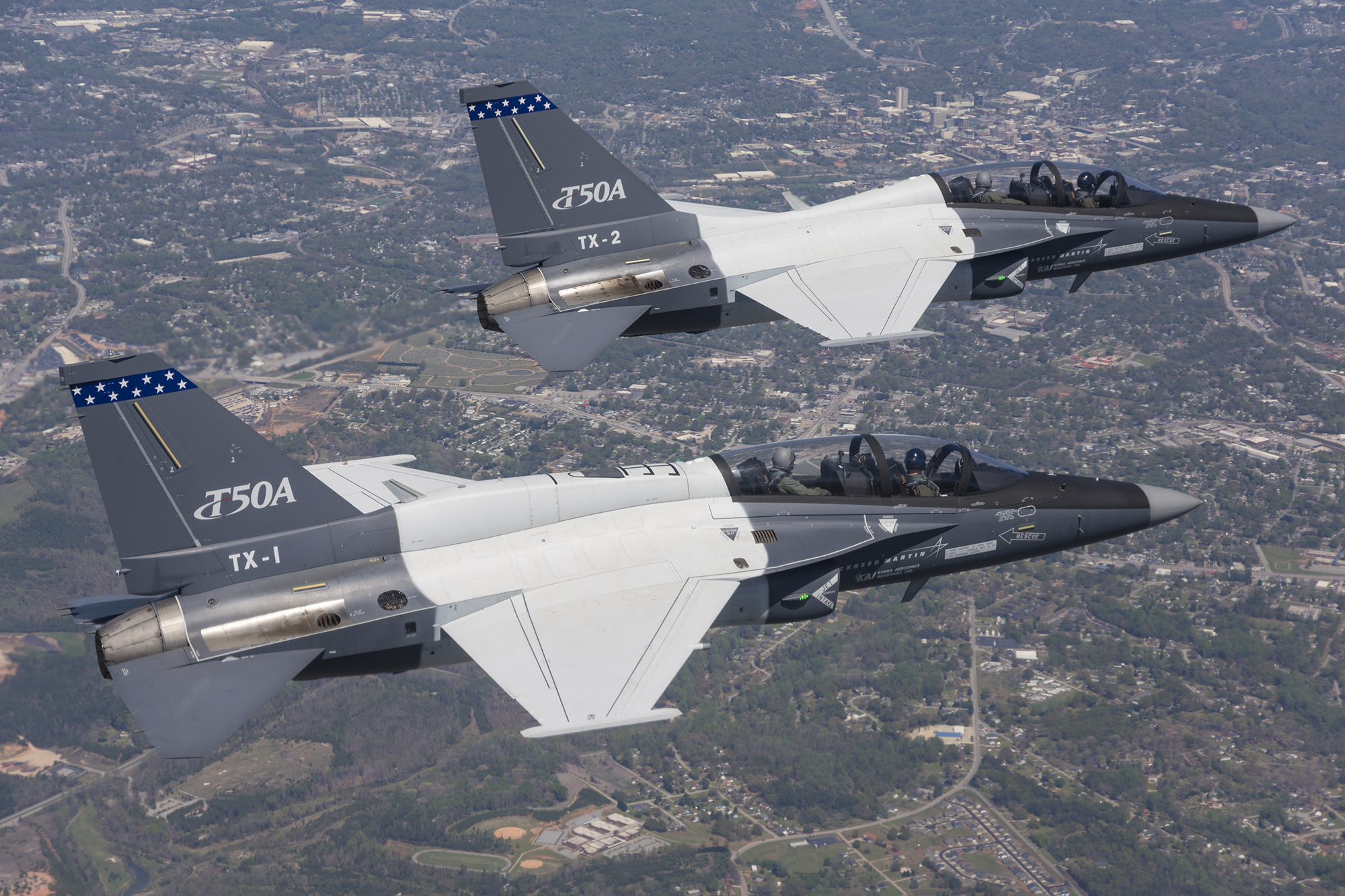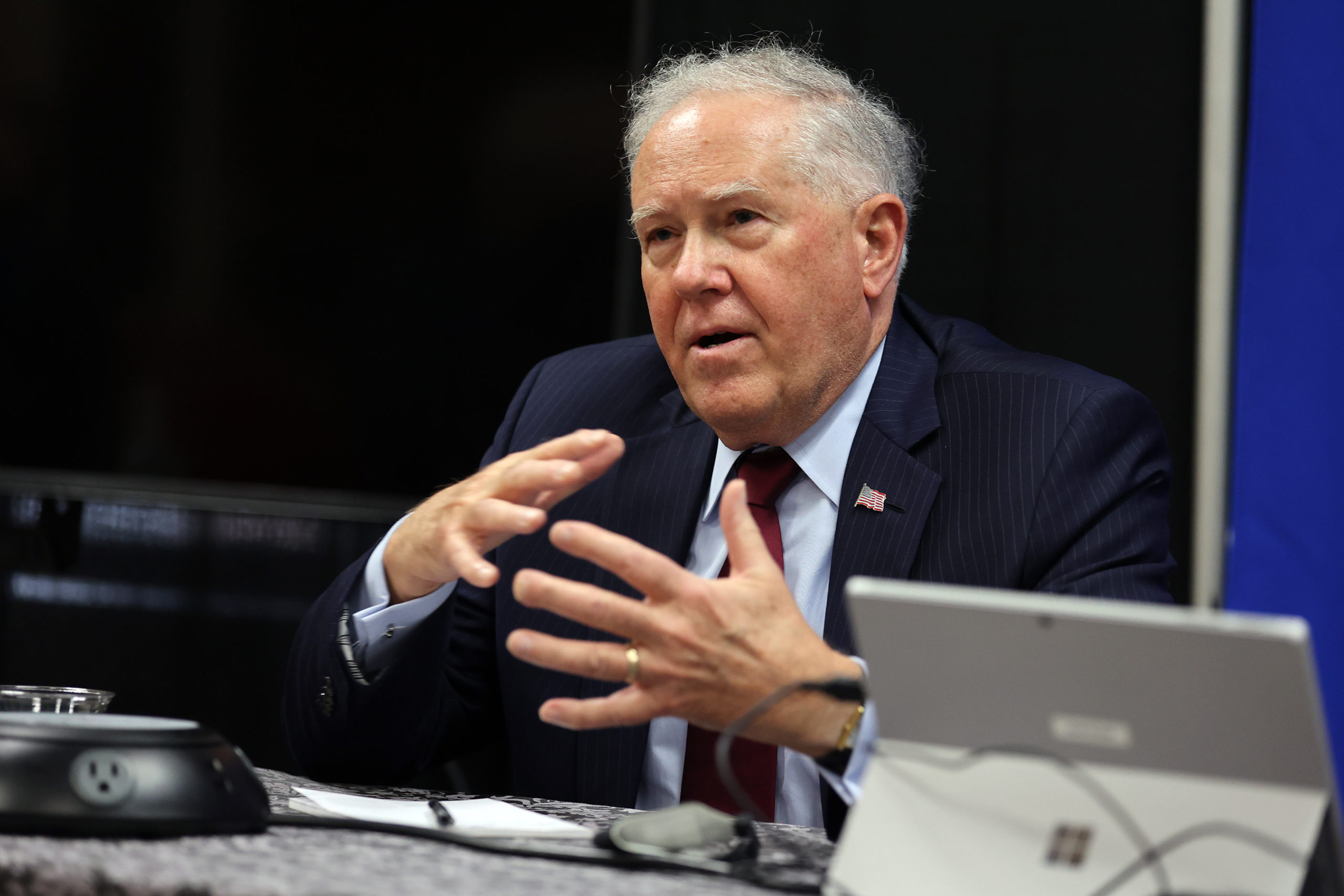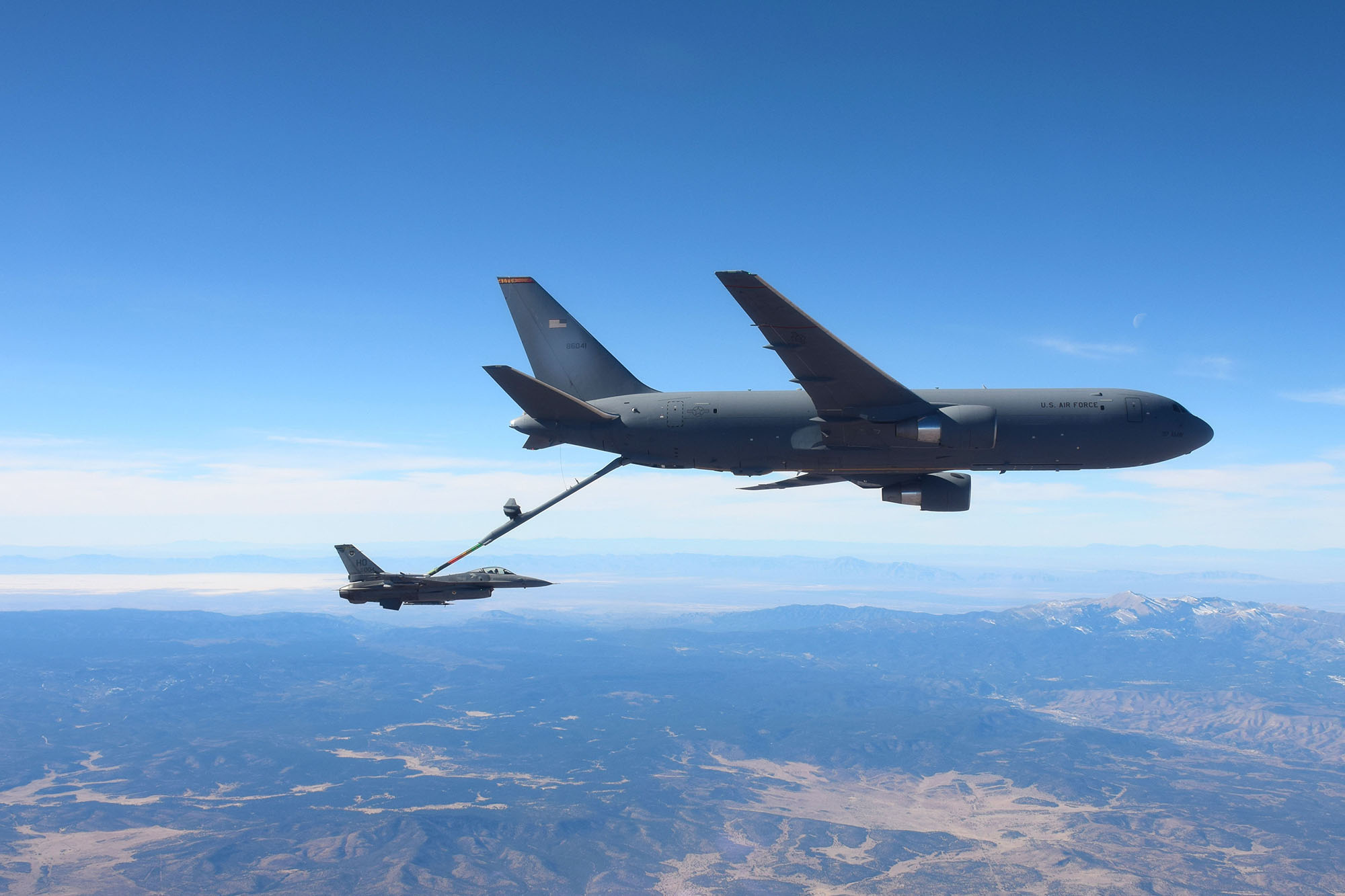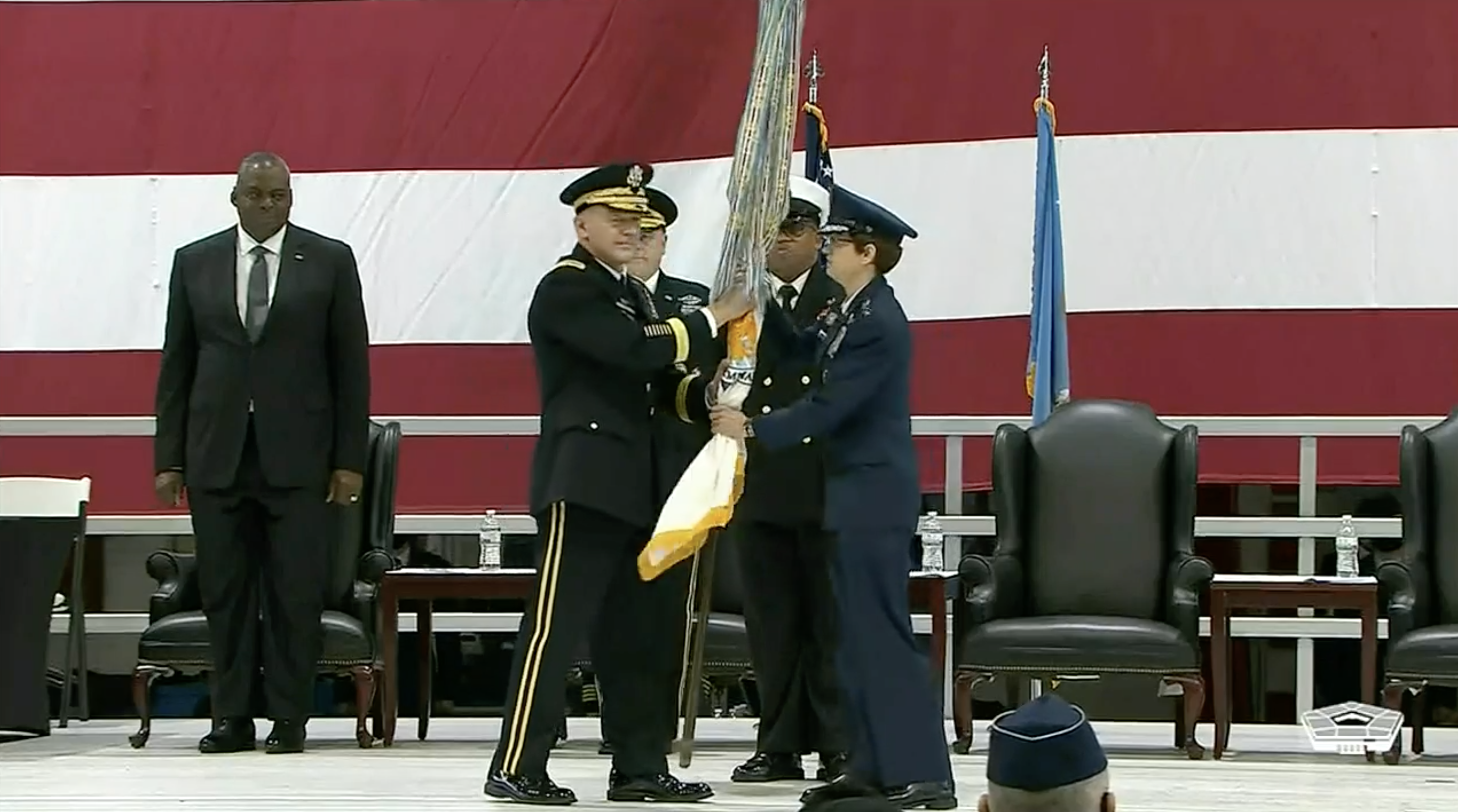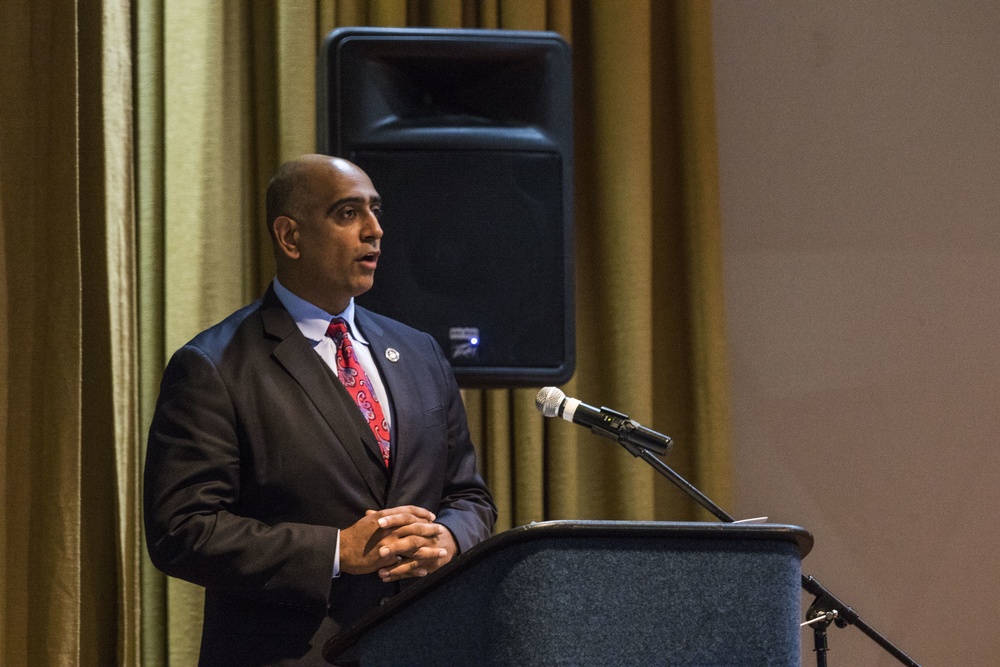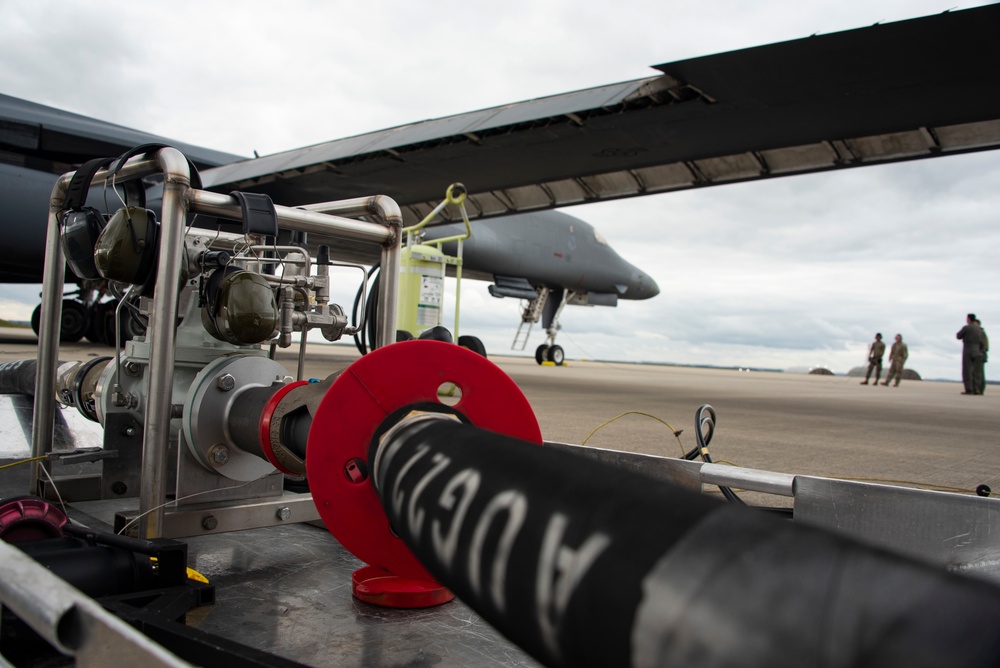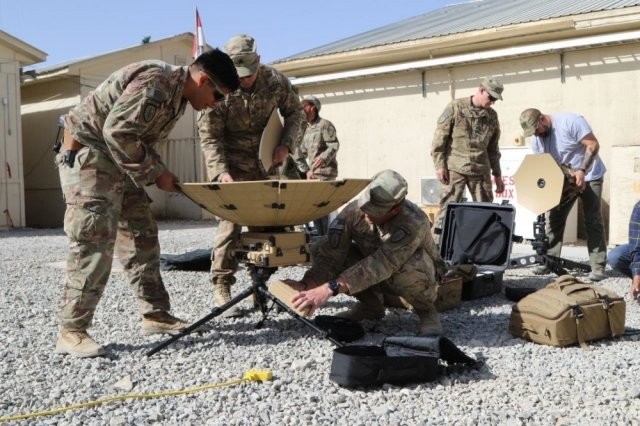Lockheed Martin will offer a solution to the Air Force’s new Advanced Tactical Trainer aircraft, a new jet the Air Force is planning to bridge undergraduate flight instruction and full-up fighter certification. However, the company declined to say what it might offer for the nascent competition.
The Air Force issued a request for information seeking industry interest in an Advanced Tactical Trainer on Oct. 12, saying it has a need for at least 100 and perhaps as many as 400 of the new airplanes.
Lockheed Martin “is an air power solutions leader, delivering capabilities across the entire spectrum of training and combat aircraft,” a company spokesperson said. It has made “significant advances in digital engineering and open architectures that are accelerating development, production, upgrades and responsiveness.” The company looks forward to “closely reviewing the requirements” for the ATT system “and developing the best solution to meet the Air Force’s future needs.”
When asked specifically if Lockheed Martin will offer the T-50A—with which it and partner Korea Aerospace Industries finished second in the Air Force’s T-X Advanced Trainer competition—or offer a different airplane, or a clean-sheet design, the spokesperson declined comment.
However, the carefully-worded response suggests that Lockheed Martin might indeed offer a fresh concept, as Boeing’s T-7A Red Hawk was chosen largely because of its tailored approach to the T-X requirement and the record time in which the company designed and fabricated prototypes of the new trainer. Lockheed Martin’s statement emphasizes that it has the capability to do that, as well. In fact, it recently opened a new production facility at its Skunk Works Plant 42 in Palmdale, Calif., specifically for short-run production and rapid prototyping of advanced systems.
Industry officials said at the time of the T-X down-select that Lockheed Martin was taking the Air Force at its word when the service said it preferred a non-developmental airplane for that contest. The company had actually helped KAI develop the T-50 with the intent of offering it to the Air Force as a T-38 replacement in the early 2000s, but that competition was deferred more than a decade.
Service officials said they initially believed a non-developmental T-X approach would offer the lowest risk and price, but Boeing’s digitally-designed proposal, at about $10 billion less than what USAF expected the T-X would cost, persuaded the service that the clean sheet was actually the lowest-cost solution.
Lockheed Martin is likely to secure an Air Force contract for a T-7A surrogate—the T-50—with which the Air Force plans to develop its “Reforge” overhaul of the fighter pilot training enterprise. But service leaders in recent years have touted an aircraft common to the T-7A as offering a two-birds-with-one-stone way to gain another platform without heavy additional development costs, which also has the benefit of using the simulator and training infrastructure and courseware that will come with the T-7A.
The T-7A is not a shoo-in for the ATT program, though. The Air Force has said it’s open to all offerers and wants capabilities—such as wing hardpoints—that the T-7A does not have. The Air Force also wants a less sophisticated combat aircraft on which it can partner with countries lacking the resources for a fighter like the F-35 or F-16. Former Skunk Works president Rob Weiss said the company developed a clean-sheet design for T-X but dropped it when the cost figures suggested the non-developmental approach better met USAF’s needs.
